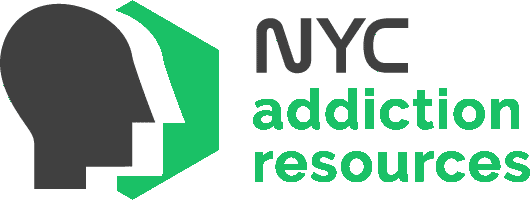Does Tramadol Count As An Opioid Drug?
Yes, Tramadol is an opioid. The CDC classifies it as such. Tramadol treats moderate to severe pain in adults. You may find it sold under brand names like Ultram or ConZip. It was originally developed in the 1960s. The German company Grünenthal sold it under the name “Tramal.” Tramadol became available in the US in the 1990s. Like many opioids, it does what it purports to do – relieve pain. But also like other opioids, tramadol can become addictive.
In this blog, NYC Addiction Resources guides you through:
- Characteristics of opioid drugs like tramadol
- What makes opioids like tramadol addictive
- Tramadol addiction and opioid use disorder
- Is there help for people addicted to opioids like tramadol
- What to do next
Characteristics Of Opioid Drugs Like Tramadol
Opioids drugs like tramadol have similar characteristics. First, opioids relieve pain. They do so by acting on the central nervous system (CNS) in the brain. The CNS consists of the brain and the spinal cord. When the brain sends a message, it travels down the spine. From there, it travels down branches of nerves to the respective part of the body. Opioids function by slowing these processes down.
Opioid Receptors
We have opioid receptors inside our brains. One can also fine them in the spine and in the digestive system. These receptors exist inside us because our bodies make opioids naturally. Opioids made in the body are called “endogenous” opioids. When we take an opioid medication, it bonds to the opioid receptors to make us feel less pain.
What Makes Opioids Like Tramadol Addictive?
Numerous potential factors can contribute to addiction, or substance use disorder (SUD). Opioids like tramadol take effect very quickly. They provide a tangible result almost instantly. Who wouldn’t continue taking a medication that worked so well?
We must also consider biology. Addiction can run in family DNA. Also, a parent with SUD will likely raise at least 1 child with SUD. Mental illness can also occur at the same time as a substance use disorder. Researchers call this a co-occurring disorder, or dual diagnosis. Stress, poverty, trauma, lack of meaningful relationships – all of these can lead to a person becoming addicted to an opioid.
Tramadol Addiction and Opioid Use Disorder
Abusing opioids can lead to opioid use disorder. To abuse a drug means to use it in a way that deviates from its prescription. Abuse can include (but is not limited to):
- Taking more than one dose
- Consuming someone else’s prescription
- Mixing your prescription with alcohol or other drugs for fun
- Giving away or selling your prescription
- Using in a method other than prescribed (i.e. snorting, injecting)
The more often a person abuses opioids, the more they become at risk for opioid use disorder. Opioid use disorder refers to a condition wherein a person cannot quit. Such a person has become dependent. That is, their bodies don’t work right without opioids. Their brains have normalized the opioids.
To quit equates to removing a key operating component – the opioid. When a dependent person quits, they suffer from withdrawal symptoms. If withdrawal symptoms present themselves, then we say that the person is dependent. Ergo, if a person experiences both dependence and withdrawal, they likely have opioid use disorder.
Is There Help For People Addicted To Opioids Like Tramadol?
Opioid use disorder does not have to last a lifetime. Help is out there. Recovery is possible. We must understand that tramadol is an opioid drug. However, we must also concede that documented treatment options exist. Some of the treatments for opioid use disorder go back several decades. Others are relatively new. Speak with your treatment provider to see which treatments might work best for you.
MOUD/MAT
You may have heard of methadone. Treating opioid addiction with methadone is one of the oldest approaches. Other drugs used in this practice are buprenorphine and naltrexone. Medications like these replace the substance of abuse. They can help reduce cravings for opioids. We call this practice medication for opioid use disorder (MOUD). You may also see it referred to as medication-assisted treatment (MAT).
Cognitive Behavior Therapy
Cognitive behavior therapy (CBT) also helps treat opioid use disorder. It helps us dig into the content of our thoughts. Often, we take our thoughts for granted. Like they just happen. CBT teaches us to participate in our own thinking. We look at what we’re thinking and ask how true it is. We inquire where it’s coming from. That way, we can learn how to audit our thinking.
What To Do Next
We’ve learned that tramadol is indeed an opioid drug. We examined what opioids do. We looked at how they impact the brain and body. Fortunately, many treatment options for OUD exist.
If you or someone that you love struggles with addiction to opioids, call or contact NYC Addiction Resources now.


